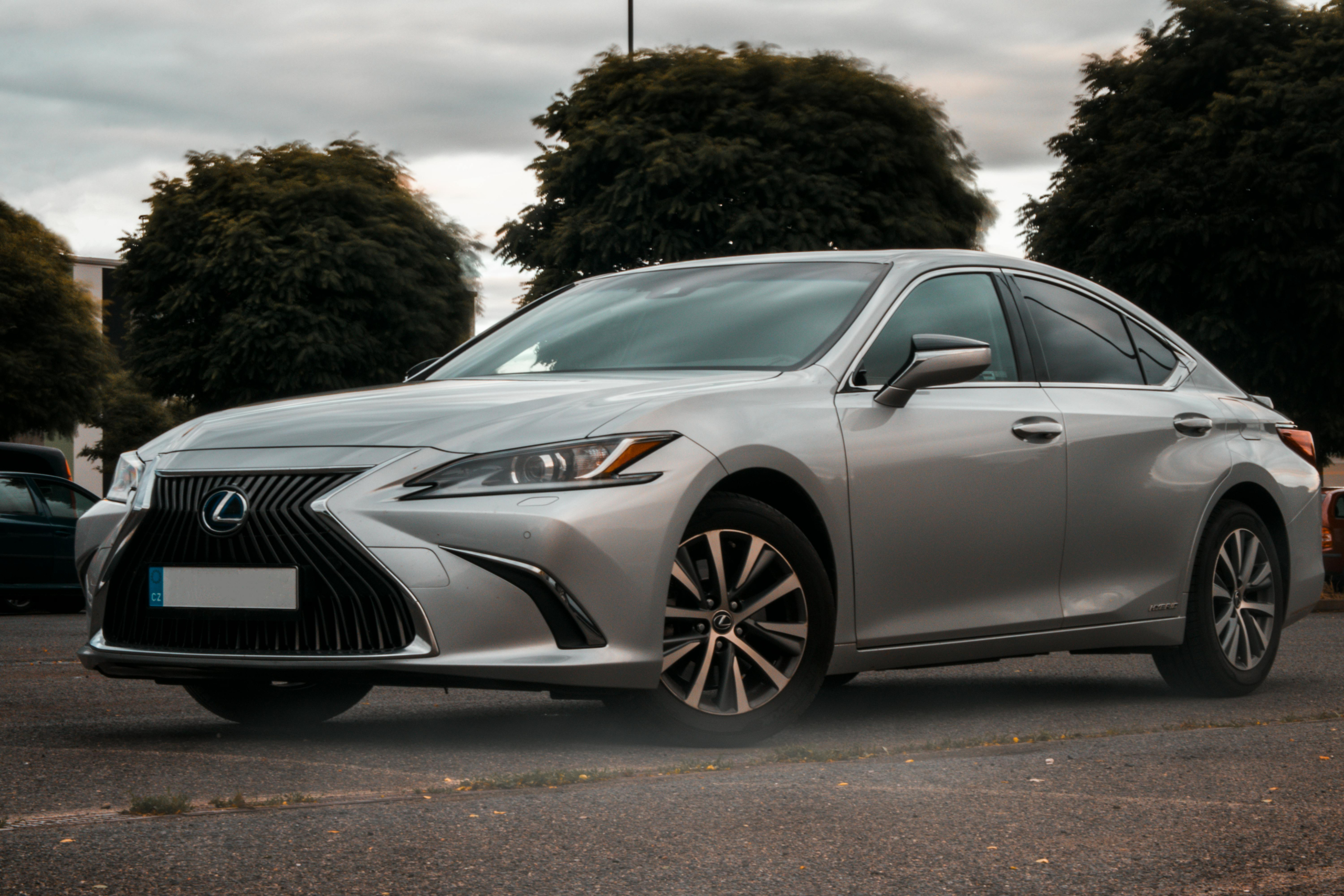The Rise of Sodium-Ion Batteries in Hybrid Vehicles
Sodium-ion batteries have emerged as a promising alternative to traditional lithium-ion batteries in recent years, particularly in the automotive industry. With a growing demand for hybrid and electric vehicles, the rise of sodium-ion batteries has gained significant momentum. These batteries are not only cheaper and more environmentally friendly than their lithium-ion counterparts, but they also offer a potentially higher energy density. In this article, we will explore the rise of sodium-ion batteries in hybrid vehicles and how they are revolutionizing the automotive industry.
The Current State of Hybrid Vehicles
With the global climate crisis looming, the automotive industry has been shifting towards more sustainable and eco-friendly solutions. As a result, hybrid vehicles have become increasingly popular due to their ability to drastically reduce carbon emissions. By combining a traditional gasoline or diesel engine with an electric motor, hybrid vehicles have a lower carbon footprint compared to solely gasoline-powered vehicles.
Why Traditional Batteries Fall Short
Compared to gasoline or diesel-powered cars, electric and hybrid vehicles have one key disadvantage – their limited driving range and long charging times. This is primarily due to the current battery technology used in these vehicles – lithium-ion batteries. While lithium-ion batteries have been the go-to choice for electric vehicles, they have several drawbacks. For one, they are expensive to produce and require scarce and expensive resources such as cobalt and nickel. Additionally, they have a limited lifespan and often need to be replaced after several years, making them less economical.
The Rise of Sodium-Ion Batteries
Enter sodium-ion batteries, the up-and-coming alternative that is quickly gaining popularity in the automotive industry. Unlike lithium-ion batteries, sodium-ion batteries use sodium ions instead of lithium ions to store and release energy. This means they do not require scarce resources, making them significantly cheaper to produce. As the world’s most abundant metal, sodium is readily available, making sodium-ion batteries a more sustainable option.
Another advantage of sodium-ion batteries is their potentially higher energy density. While they are not quite on par with lithium-ion batteries yet, researchers are working to improve the energy density of sodium-ion batteries, bringing them closer to lithium-ion batteries’ capacity.
Impact on Hybrid Vehicles
The use of sodium-ion batteries in hybrid vehicles has several implications. Firstly, it could make hybrid vehicles more affordable, making them accessible to a wider market. This could help bridge the gap between traditional gasoline-powered vehicles and fully electric vehicles. Secondly, the potential for higher energy density in sodium-ion batteries could lead to longer driving ranges in hybrid vehicles. This could eliminate the need for frequent charging, making hybrid vehicles more convenient for long trips.
The Road Ahead
The automotive industry is continuously evolving, with a constant push towards more sustainable and eco-friendly solutions. The rise of sodium-ion batteries in hybrid vehicles could be a game-changer not only for the auto industry but also for the environment. While there is still much research and development needed, the potential for sodium-ion batteries to become the new standard in hybrid vehicles is promising.
In Conclusion
Sodium-ion batteries are paving the way for a more sustainable future in the automotive industry. With their potential to be cheaper, more abundant, and with a higher energy density than lithium-ion batteries, they offer several advantages for hybrid vehicles. While it may be some time before we see it implemented on a large scale, the rise of sodium-ion batteries is worth keeping an eye on as we continue to strive towards a more sustainable future.










